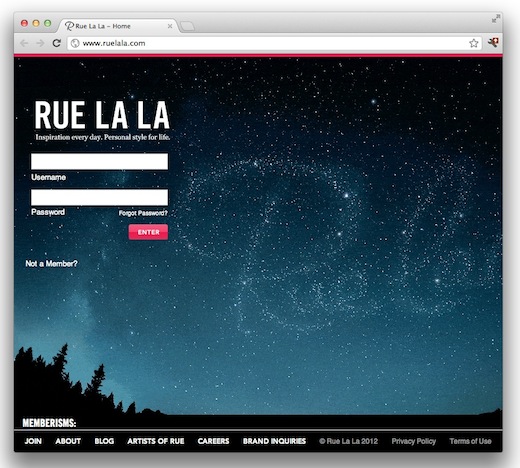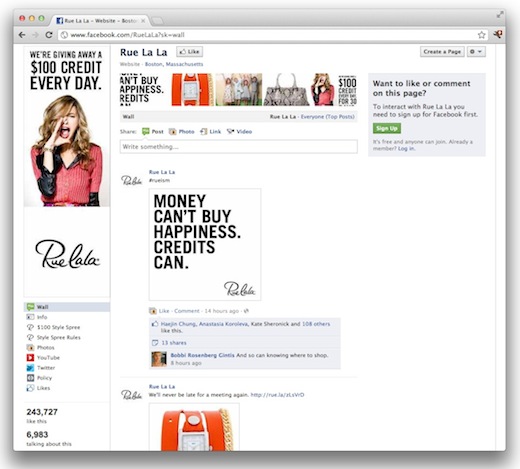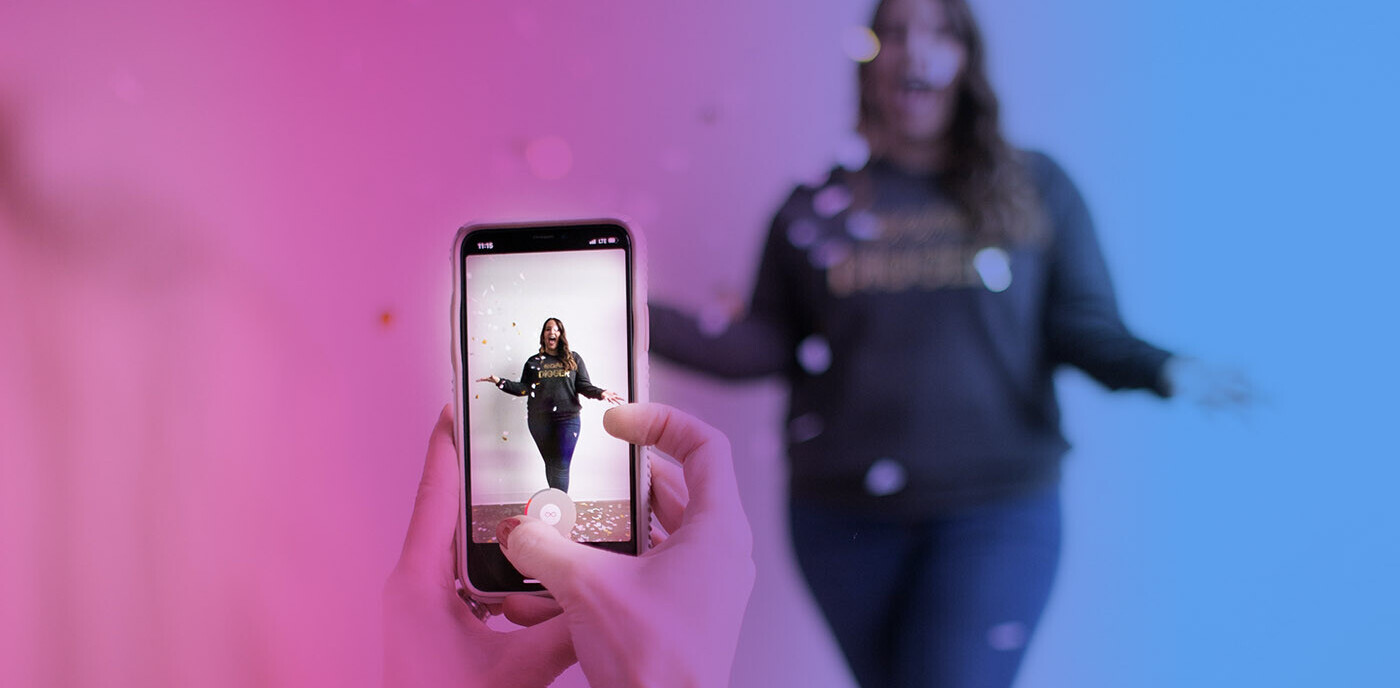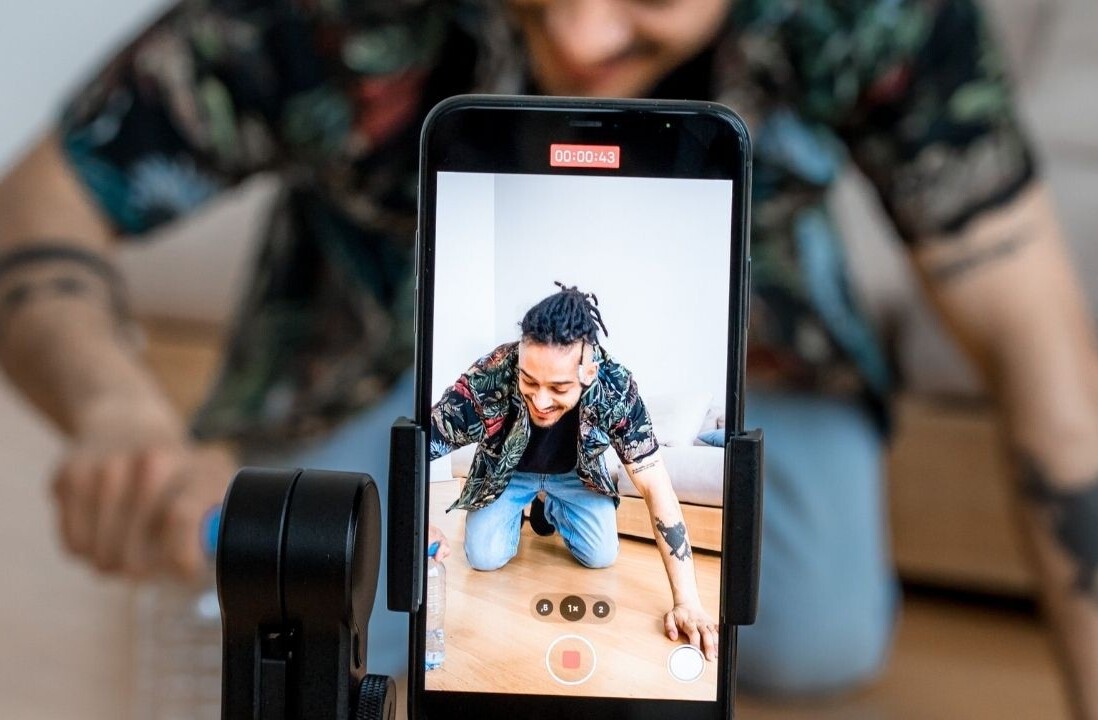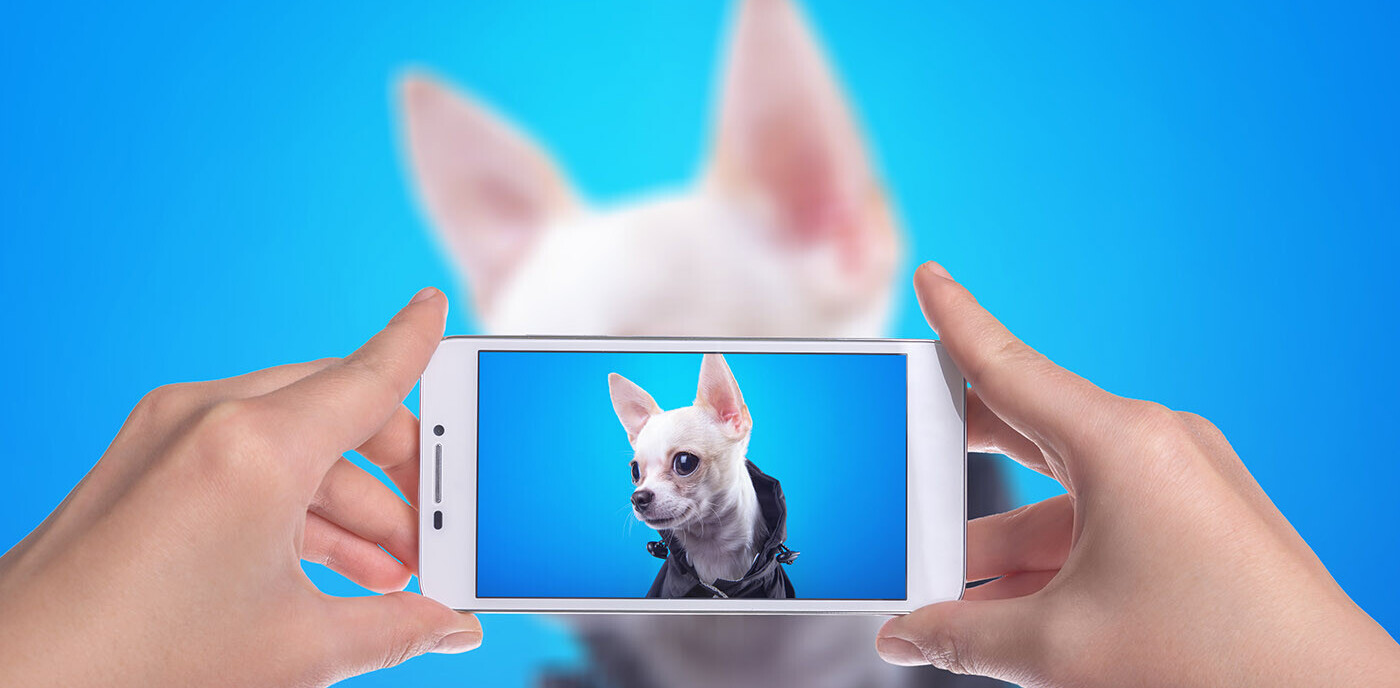
Before asking the obvious question – how are luxury brands are using social media, it’s worth looking at the question, do they actually need it in the first place?
Some may argue that by their very definition, luxury brands are about exclusivity. Social media on the other hand is all about reaching the largest audience possible. At first glance, the two don’t necessarily go hand in hand.
Stopping to take a closer look, however, you’ll find that social media is what you make of it.
While the most followed brands on Facebook include likes of Coca-Cola, Starbucks and Oreo, that isn’t to say that social media and luxury are mutually exclusive.
Rather than theorize, we’ve put together a list of examples of how five luxury brands are successfully using social media to their advantage.
Burberry: The social media early adopter
Burberry has certainly left no stone unturned with its use of social media – from Facebook and Twitter to an official presence on Chinese microblogging site, Sina Weibo. The fashion brand has also been labeled a social media early adopter, quick to go where its customers are, as was the case with Instagram, long before it became mainstream.
The culmination of Burberry’s social media use was seen last September with the unveiling of its 2012 collection on Twitter and Instagram right before it hit the runway. The show was also livestreamed on Burberry’s YouTube channel.
Since then, Burberry’s following has grown to over 800,000 on Twitter and over 11.6 million on Facebook, while it’s YouTube channel has received over 12 million views. Burberry is clearly doing something right, as it is the most followed luxury brand on Facebook, as well as the fashion brand with the most engagement, receiving the most ‘likes’ on its posts.
With Facebook launching its timeline for brands, Burberry was also one of the first to take advantage of the feature, updating its profile, going all the way back to the opening of its very first store in Basingstoke in 1856.
Burberry’s social media marketing tactic appears to be to try everything, and stick with what works, and from the looks of it, everything they try appears to be working for the company.
Burberry is a luxury brand that isn’t afraid to venture outside of its comfort zone, and in so doing, has earned it a top spot in social media charts. So how has this translated for Burberry in the ‘real world’? The company has seen its profits increase by 21%.
Burberry CEO Angela Ahredts attributed the growth to two main factors, ” Our investment in flagship markets and digital technology has enabled our global teams to continue to drive customer engagement, enhance retail disciplines and improve operational effectiveness, further strengthening brand momentum.”
The Burberry report also emphasised its social media role, saying that it enjoys an “Extended luxury leadership position in social media.”
Rue La La: Enticing users with its Facebook page
Rue La La‘s self-written description reads: “Coveted designer offerings. Private sale prices. Members only.” Where is that description found? On its Facebook page.
Going to the site, you’re not going to get much.
It’s airtight, and the only way you’re getting in is if an existing member invites you, or you can sign up for a spot and wait until it actually opens up.
At the bottom of the page, you might miss the fact that there are links to RueLaLa’s presence on Twitter, Facebook and Tumblr. It’s on Facebook where Rue La La seems to be doing very well. It has over 240,000 fans, any content shared or special offers made through the Facebook page are kept securely hidden behind the Rue La La gate.
If anything, in all irony, the use of the Facebook page on Rue La La’s part serves to heighten that sense of exclusivity that the site is promoting among its users, enticing outsiders to crave everything that Rue La La has to offer.
Mercedes: Functionality through social media
Mercedes’ use of social media goes beyond marketing and is also about giving its customers added functionality. Mercedes boasts a new feature that will no doubt appeal to any city-dwelling driver who knows the pain of looking for an empty parking space. The new Mercedes series alerts drivers of empty parking spaces as you approach them.
Social media came into the mix when Mercedes decided to take to Twitter to promote the new feature. The campaign ran last December, making use of a Twitter feed powered by a fleet of Mercedes cars driving around Stuttgart looking for empty parking spots. When an empty space was found, a tweet would be automatically sent through the Tweet Fleet account.
Freier Parkplatz: Wolframstraße 32 in #Stuttgart #MBTweetFleet goo.gl/ROVyf
— MB Tweet Fleet (@MBTweetFleet) December 22, 2011
The Tweet Fleet, while a quiet campaign due to the fact that it was implemented in just one city, shows the way in which luxury brands can make good use of social media beyond advertising, offering tools and functionality to its customers and followers. To find out more about the campaign, check out the video below :
Tiffany: Telling the brand’s story
Tiffany’s Facebook page has been used to tell the story of the brand, and implementing the new Timeline has played right into that role. Like Burberry, Tiffany was one of the first brands to update its Facebook page, going all the way back to the founding of the company in 1837.
Aside from giving consumer’s insight into the history of the brand, the Facebook page also reinforces the exclusivity of the brand, sharing images of celebrities and prominent figures decked out in their diamonds. 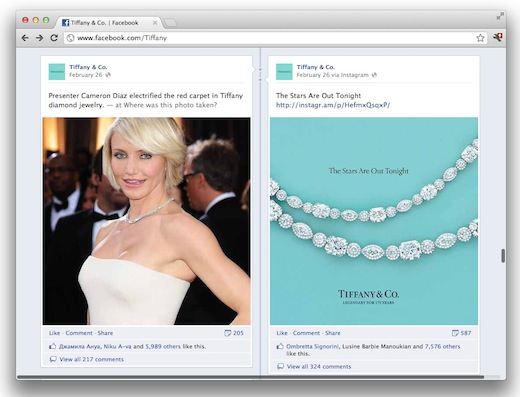
Tiffany’s social media use hasn’t been limited to showcasing its exclusive air, but has also encouraged high levels of engagement from its followers.
Not content with getting users to use existing platforms like Instagram, Tiffany actually created its very own platform. The brand launched its What Makes Love True campaign, releasing a free iPhone app complete with three Instagram-like photo filters to share images to be featured on the site and a Facebook album.
Tiffany’s decision to create its own platform reinforces that sense of exclusivity that the brand exudes. Yes, anyone can download the app for free, but the very fact that it’s an an app that brings together Tiffany customers only, fits right into the exclusive nature of the brand.
Four Seasons: Localizing customer service
Social media has opened up a new avenue in the art of customer service, and while there is certainly no limit to brands putting tools like Twitter to good use for exactly this purpose, if there’s one luxury brand that has really invested itself into the tool it’s the Four Seasons.
The Four Seasons has created individual Twitter accounts for each of its local hotels from New York to Sharm El Sheikh, and its approach to how these accounts are run is surprisingly relaxed. The Four Seasons has also used the same method on Facebook, creating individual pages for each location.
The Four Seasons Twitter accounts interact with followers and share their pictures.
How was it? Love your #FSFoodies pics. Looks delish! on.fb.me/zOlVyb RT @LousFoodCorner @FSCairoNP getting ready for the cooking class. — Four Seasons Hotels (@FourSeasons) March 19, 2012
In addition to a friendly and ‘human’ approach to its interaction, the accounts also share tips on places to visit in their respective cities.
@NicoleCormany Wow! That’s fantastic! You’ll having an amazing time @FSFlorence. Here’s some info you may find helpful bit.ly/FRpDWn
— Four Seasons Hotels (@FourSeasons) March 19, 2012
Each page clearly has its own individual team, offering content not only which will appeal to a local audience, but oftentimes in the language of that country.
The social media team is a direct reflection of customer service that you’re going to find inside any Four Seasons hotel, positioning the luxury hotel chain ahead of its peers on the digital front.
Can you think of any interesting social media efforts carried out by luxury brands? Let us know in the comments.
Get the TNW newsletter
Get the most important tech news in your inbox each week.


